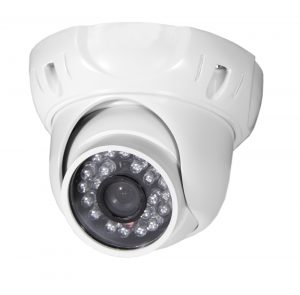Cameras are constructed with image sensors embedded within. The sensors are either of the charge coupled device (CCD) or the complementary metal oxide semiconductor (CMOS) style. Both of the sensors perform similar tasks – convert photons (light) into electrons (electrical signals). The main difference in these sensor technologies is the basic construction of the sensor itself.
A CCD camera sensor is noted for having a low noise threshold and a strong “signal to noise” ratio and is able to capture images at a high resolution. This makes a CCD camera sensor ideal for use in machine visioning applications and in situations where there is low light.
CMOS camera sensors have recently surpassed CCD sensors in terms of quality and noise transmission. A CMOS sensor is able to capture images at a higher frame rate with a better resolution while consuming less power.
Developers note that the improvements in the CMOS sensors coupled with the strong price/performance ratio have made these sensor-equipped cameras more attractive in industrial machine vision settings. Users of these cameras note that higher frame rates can be achieved without compromising the image quality.
The beginning of the technologies
It was in the late 1960s when CCD and CMOS sensors were first developed and they both provided a higher technical advantage than their predecessors. Today they remain the technology of choice for both consumer and industrial use. Even though they are both sought after technologies, CMOS consistently out-performed the CCD technology and CMOS sensors remain the preferred choice when seeking efficiency in the sensor operations.
Recent market trends continue to point toward CMOS remaining the preferred sensor for these reasons:
- High frame rate with high resolution image capture
- Price to performance ratio is high
- Improved noise levels
UKA Optics is a manufacturer of standard and custom CCD/CMOS lens assemblies for board and miniature camera applications including digital photography, video conferencing, surveillance, barcode scanning, machine vision and medical systems.